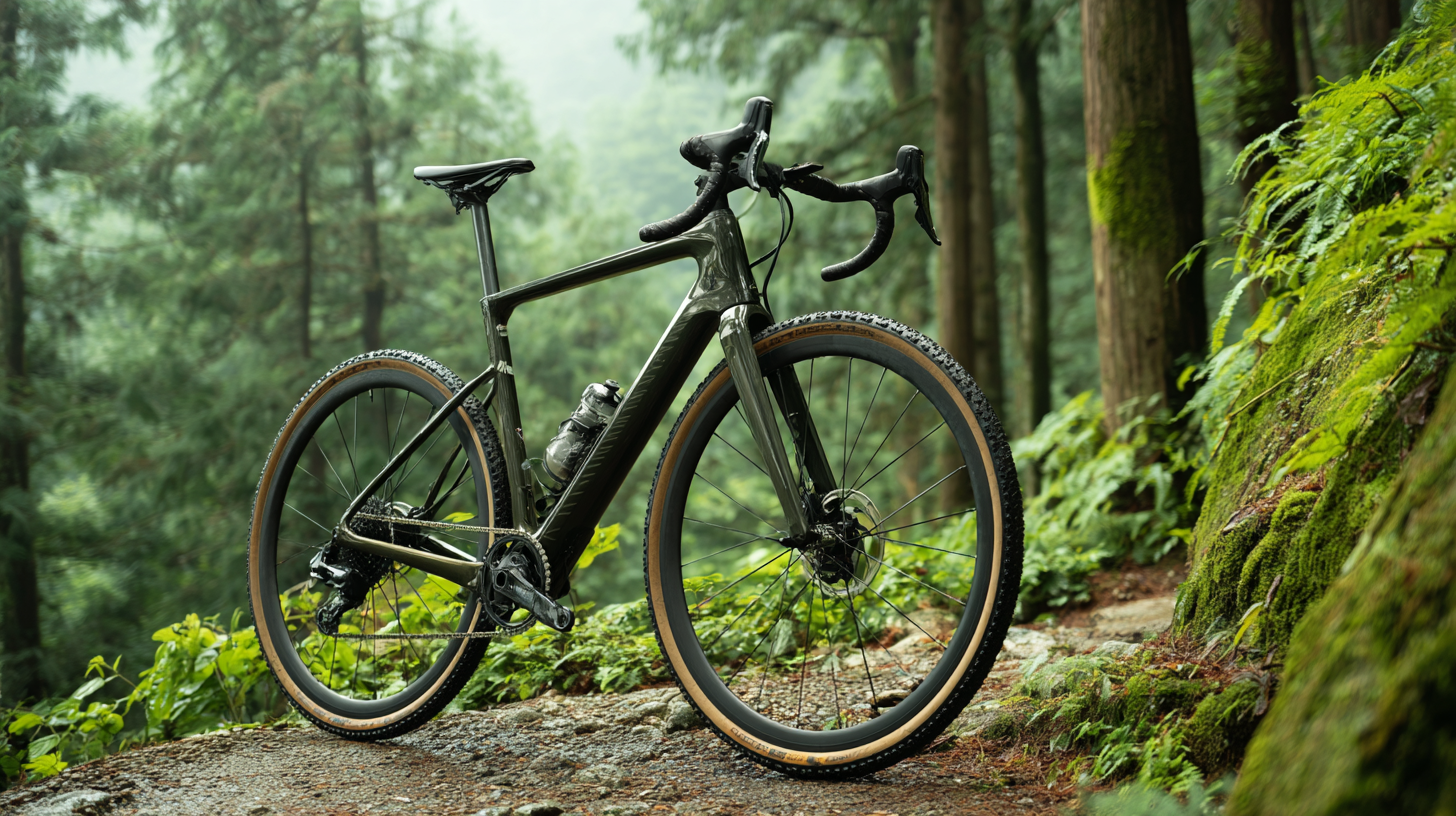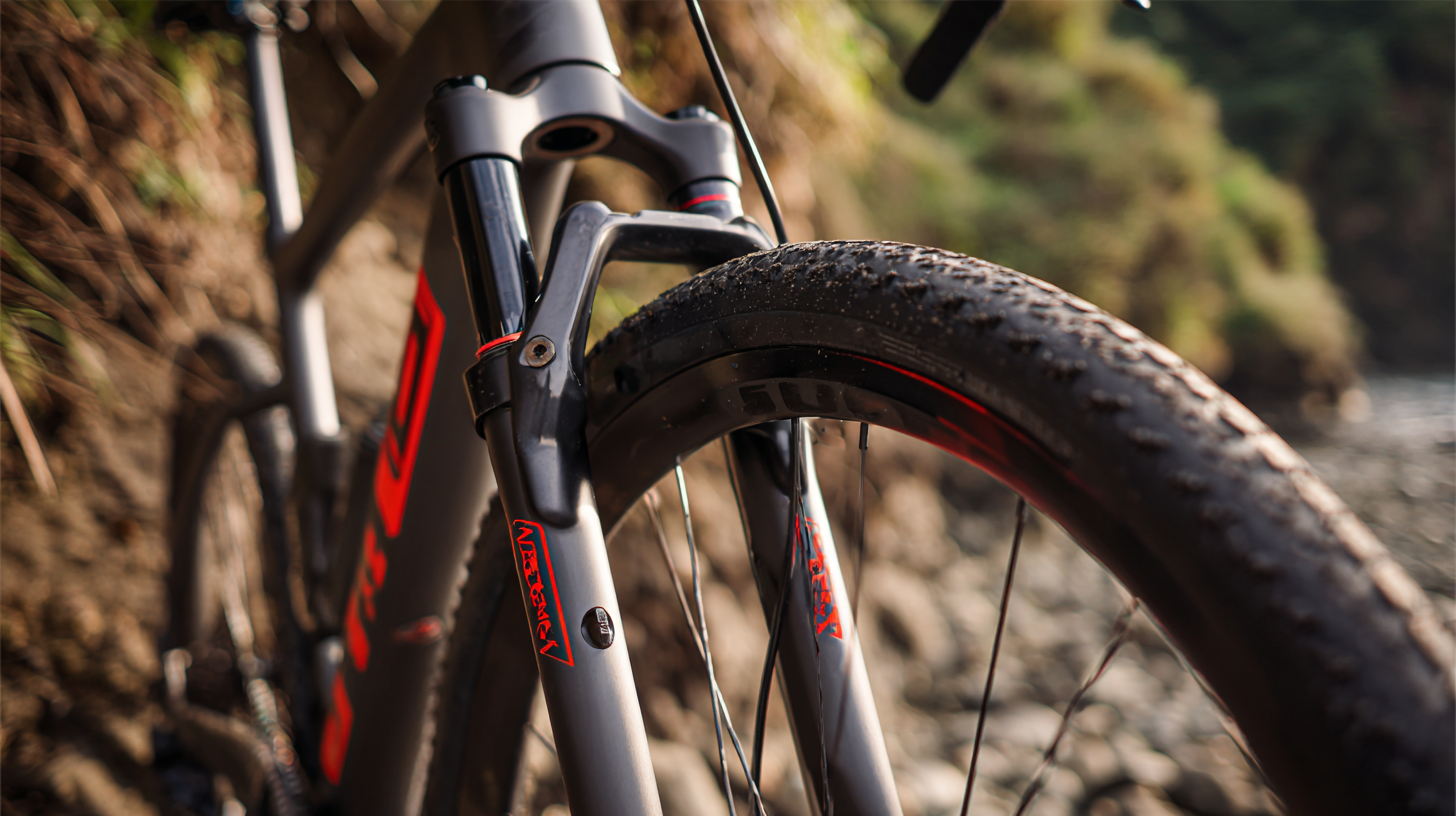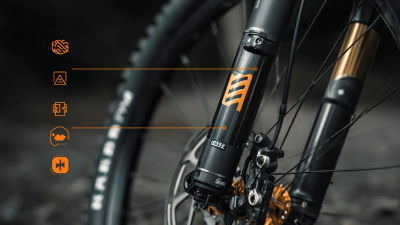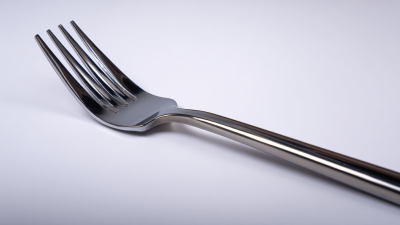As cycling enthusiasts increasingly gravitate towards adventure and exploration, the selection of the right equipment becomes paramount. Among these essentials, the Carbon Gravel Fork stands out as a critical component that can significantly enhance performance and comfort on diverse terrains. According to a recent industry report by the Cycling Innovation Consortium, the demand for high-quality gravel forks has surged by 35% in the last two years, emphasizing the growing popularity of gravel biking. This trend reflects a shift among cyclists seeking to optimize their riding experience across varying landscapes, making the choice of a Carbon Gravel Fork more crucial than ever.
Renowned expert in cycling technology, Dr. Emily Carter, notes, "The correct Carbon Gravel Fork not only improves aerodynamics but also plays a vital role in shock absorption, which can lead to a more enjoyable and less fatigued ride." Her insights emphasize the importance of understanding the technical specifications and how they correlate with individual riding styles and preferences. As we delve into the intricacies of choosing the perfect Carbon Gravel Fork for your cycling adventures, it's essential to consider factors such as weight, stiffness, and compatibility with frame geometry, ensuring that you make an informed decision that aligns with your cycling goals.

When choosing the perfect carbon gravel fork for your cycling adventures, understanding the material's significance is crucial. Carbon fiber forks are renowned for their lightweight properties and ability to absorb vibrations, which can enhance comfort on rough terrain. In contrast, aluminum forks offer a good balance of strength and performance at a generally lower price point, making them an attractive option for cyclists on a budget. Steel forks, while heavier, provide exceptional durability and a classic feel that many riders appreciate for long-distance journeys or rugged conditions.
Each material has its strengths and weaknesses, and the right choice often depends on your intended use and budget. For those seeking high-end performance and agility in racing scenarios, a carbon fork is preferable. However, if you plan to engage in more casual cycling or touring, the reliability and toughness of aluminum or steel can be more than adequate. Ultimately, evaluating your riding style, the types of terrain you'll encounter, and your financial constraints will guide you in selecting the ideal fork material for your gravel bike.
| Material | Weight (grams) | Stiffness (N/mm²) | Durability | Price Range ($) |
|---|---|---|---|---|
| Carbon | 400 | 25000 | High | 300 - 800 |
| Aluminum | 600 | 15000 | Medium | 200 - 500 |
| Steel | 800 | 12000 | Very High | 150 - 400 |
When selecting a carbon gravel fork for your cycling adventures, understanding fork geometry is essential. Key measurements such as the rake, offset, and axle-to-crown length significantly influence how your bike handles rough terrain. According to a study from the International Cycling Research Institute, a fork with a longer rake can offer improved stability, especially when navigating uneven surfaces typical of gravel roads. This stability is crucial for maintaining control while descending or cornering on loose gravel.

Additionally, the fork’s axial length affects the bike's wheelbase, which in turn influences comfort and handling dynamics. A report from the Cycling Dynamics Association emphasizes that a longer wheelbase typically results in a smoother ride, as it allows the bike to absorb shocks from rugged terrain more effectively. Riders looking for enhanced comfort should also consider the fork’s stiffness-to-weight ratio; a stiffer fork can provide better responsiveness and efficiency, but too much stiffness may lead to a harsh ride. As you evaluate your options, remember that finding the right balance between these geometrical factors will ensure a more enjoyable and confident riding experience on gravel roads.
When selecting the perfect carbon gravel fork for your cycling adventures, compatibility with disc brakes and axle standards is paramount. Many cyclists are transitioning to flat mount disc brake systems, which offer a cleaner installation and enhanced performance. It’s crucial to ensure that the fork you choose aligns with the latest standards, as various manufacturers are beginning to adopt these changes, ensuring seamless integration with your bike’s braking system.
In addition to disc brake compatibility, paying attention to axle standards is essential. The shift towards 12mm thru axles has become increasingly popular for better rigidity and stability. It's important to check that the fork you're considering supports these standards to boost your gravel bike's overall performance. Additionally, mounting points can greatly influence your setup, particularly if you plan to carry gear or attach accessories. Having the right mounting options on your fork is vital for enhancing your cycling experience, especially on long, adventurous rides.
When selecting the perfect carbon gravel fork for your cycling adventures, it's crucial to assess the balance between weight and durability. Lightweight forks can enhance your performance and speed on the trails, making climbs easier and reducing overall fatigue during long rides. However, sacrificing durability for weight can lead to compromised performance on rugged and unpredictable terrains. A well-constructed carbon fork should offer advanced engineering that provides both a featherweight feel and the resiliency to withstand the abrasiveness of gravel roads.
To achieve this balance, cyclists should consider the material composition and design of the fork. High-quality carbon fiber increasingly incorporates advanced layering techniques and reinforced sections to minimize weight without sacrificing strength. Riders should also pay attention to the fork’s geometry and intended use; those aimed at aggressive off-roading may prioritize durability and shock absorption. Ultimately, the right choice will depend on your riding style and the environments you frequently encounter, ensuring that you can tackle both smooth paths and rough landscapes without compromise.
This chart compares the weight and durability scores of five different carbon gravel forks. As cyclists prepare for rugged adventures, understanding the trade-off between weight and durability can lead to better performance and cycling experience.
When it comes to selecting the ideal carbon gravel fork for your cycling adventures, understanding the cost-benefit dynamics is essential. A recent industry report from Cycling Weekly indicates that high-quality carbon forks can range from $300 to over $1,000. While this may appear steep, investing in a mid to high-end fork often translates to enhanced ride quality and reduced weight, which are critical for gravel riding. For instance, a fork that weighs 300 grams or less can improve your overall speed and efficiency, critical factors when navigating varied terrain.

Furthermore, it's crucial to consider longevity and performance benefits associated with premium carbon models. According to a survey conducted by the Gravel Cycling Association, cyclists using higher-end forks reported a 25% increase in durability, which means fewer replacements and less downtime. When weighed against the long-term cost of maintaining a budget fork, which may require frequent repairs or replacements, the choice of an upfront investment in a quality carbon fork seems prudent. Thus, optimizing your budget for a superior fork can significantly enhance both your cycling experience and overall performance in the long run.






